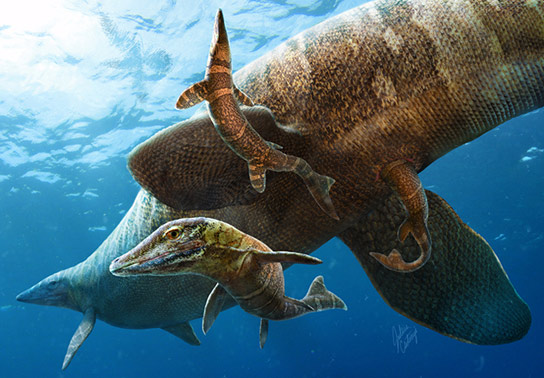
Artist’s illustration of mosasaurs giving birth to their young in the open ocean. Credit: Julius T. Csotonyi
Paleontologists now believe that mosasaurs gave birth to their young in the open ocean, not on or near shore.
They weren’t in the delivery room, but researchers at Yale University and the University of Toronto have discovered a new birth story for a gigantic marine lizard that once roamed the oceans.
Thanks to recently identified specimens at the Yale Peabody Museum of Natural History, paleontologists now believe that mighty mosasaurs — which could grow to 50 feet (15 meters) long — gave birth to their young in the open ocean, not on or near shore.
The findings answer long-held questions about the initial environment of an iconic predator that lived during the time of the dinosaurs. Mosasaurs populated most waters of the Earth before their extinction 65 million years ago.
“Mosasaurs are among the best-studied groups of Mesozoic vertebrate animals, but evidence regarding how they were born and what baby mosasaur ecology was like has historically been elusive,” said Daniel Field, lead author of a study published online April 10 in the journal Paleontology. Field is a doctoral candidate in the lab of Jacques Gauthier in Yale’s Department of Geology and Geophysics.
In their study, Field and his colleagues describe the youngest mosasaur specimens ever found. Field had come across the fossils in the Yale Peabody Museum’s extensive collections. “These specimens were collected over 100 years ago,” Field said. “They had previously been thought to belong to ancient marine birds.”
Field and Aaron LeBlanc, a doctoral candidate at the University of Toronto at Mississauga, concluded that the specimens showed a variety of jaw and teeth features that are only found in mosasaurs. Also, the fossils were found in deposits in the open ocean.
“Really, the only bird-like feature of the specimens is their small size,” LeBlanc said. “Contrary to classic theories, these findings suggest that mosasaurs did not lay eggs on beaches and that newborn mosasaurs likely did not live in sheltered nearshore nurseries.”
The other co-authors of the study are Adam Behlke and Adrien Gau of Yale’s Department of Geology and Geophysics.
Support for the research came from the Smithsonian Institution and the Natural Sciences and Engineering Research Council of Canada.
Reference: “Pelagic neonatal fossils support viviparity and precocial life history of Cretaceous mosasaurs” by Daniel J. Field, Aaron LeBlanc, Adrienne Gau and Adam D. Behlke, 10 April 2020, Palaeontology.
DOI: 10.1111/pala.12165

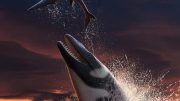
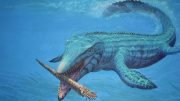
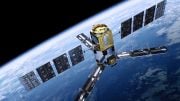
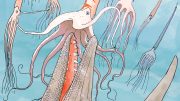
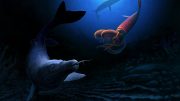
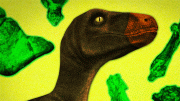
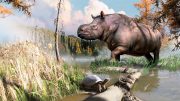
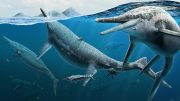
Be the first to comment on "A New Birth Story for Gigantic Marine Lizards That Once Roamed the Oceans"